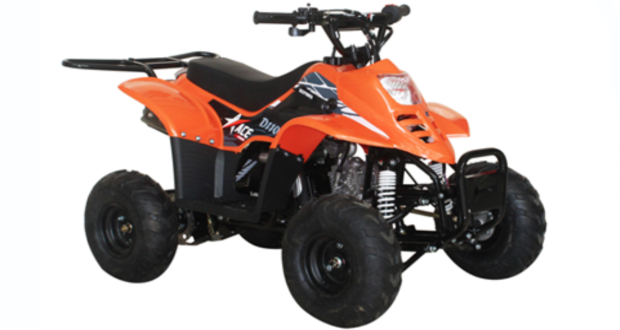Injuries using e-scooters, e-bikes and hoverboards jump 70% during the past four years: CPSC
According to advance data from asoon-to-be-released report from the U.S. Consumer Product Safety Commission (CPSC) on hazard patterns associated with e-scooters, e-bikes and hoverboards, injuries with these “micromobility” products have continued to rise since 2017.
According to CPSC data:
- There were more than 190,000 emergency room (ED) visits due to all micromobility products from 2017 through 2020. ED visits had a steady 70% increase – from 34,000 in 2017 to 44,000 in 2018; to 54,800 in 2019; and to 57,800 in 2020.
- Much of the increase between 2017 and later years was attributable to ED visits involving e-scooters, which rose three times as much – from 7,700 in 2017 to 14,500 in 2018; to 27,700 in 2019; and to 25,400 in 2020.
- Injuries happened most frequently to upper and lower limbs, as well as the head and the neck.
- CPSC is aware of 71 fatalities associated with micromobility products from 2017 through 2020, although reporting is incomplete.
The hazards associated with micromobility products primarily fall into three broad areas, the CPSC notes: mechanical, electrical and human factors. To address these hazards, CPSC staff continues to work with ASTM International and Underwriters Laboratories (UL) to develop and make improvements to voluntary standards. In support of these and other efforts, CPSC has done analyses of incident data and has done testing for the various hazards. CPSC also collaborates with federal partners and industry stakeholders to promote micromobility safety.
The best way to avoid injuries when using micromobility products, CPSC says:
- Always make sure to wear a helmet.
- Before riding an e-scooter, make sure to check it for any damage, which includes examining the handlebars, brakes, throttle, bell, lights, tires, cables and frame. Damage to the e-scooter can cause loss of control and lead to a crash.




